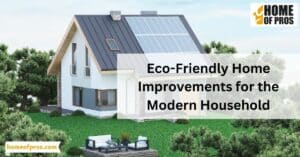Transform your home into an eco-friendly haven with green home improvement upgrades. These sustainable changes not only reduce your carbon footprint but also enhance your quality of life. From solar panels to energy-efficient appliances, make the planet and your wallet happy with these environmentally conscious choices.
Welcome to the world of green home improvement, where we explore eco-conscious upgrades for a sustainable lifestyle. In this informative journey, we’ll begin by understanding the environmental impact of homeownership.

The Environmental Impact of Homeownership
Each home, with its energy consumption, water usage, and waste generation, leaves a mark on the planet. In this exploration, we aim to shine a light on the often-underestimated environmental impact of homeownership and guide you toward sustainable solutions that can make your home not just a comfortable haven but also an eco-friendly one.
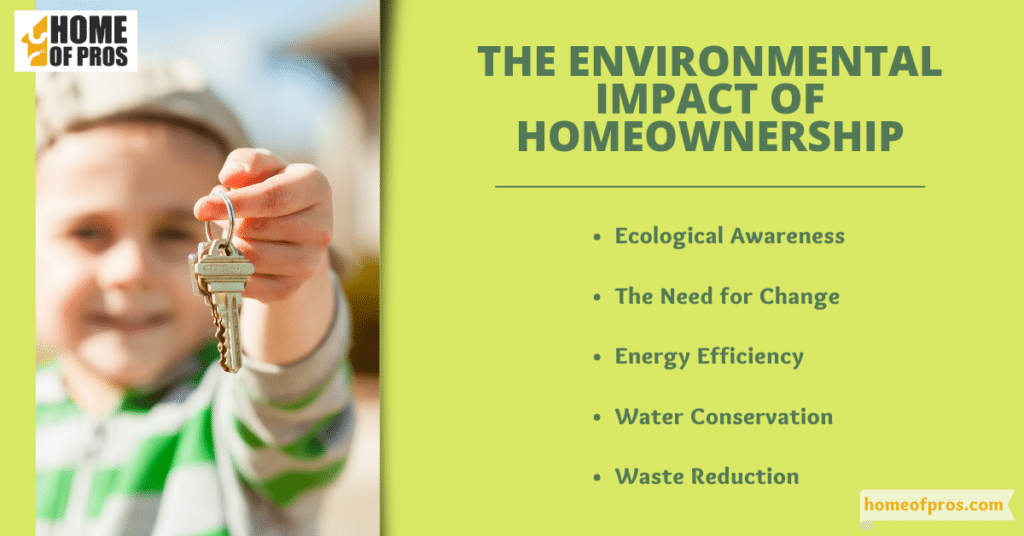
- Ecological Awareness: Before diving into solutions, it’s essential to understand the environmental implications of traditional homes. They encompass a range of factors, from the materials used in construction to daily resource consumption and waste production.
- The Need for Change: As the world grapples with pressing environmental challenges, it’s imperative that we reassess our approach to homeownership. Green home improvements aren’t merely trendy; they’re a crucial step toward mitigating the environmental harm associated with owning a home.
- Energy Efficiency: One of the most significant contributors to a home’s environmental impact is its energy consumption. We’ll explore how adopting energy-efficient technologies and practices can not only reduce your carbon footprint but also lower your utility bills, making eco-conscious choices a win-win.
- Water Conservation: Water, a finite resource, is another area where homeowners can make a substantial impact. We’ll delve into water-saving strategies that not only decrease consumption but also contribute to responsible water resource management, benefiting both your household and the planet.
- Waste Reduction: Finally, we’ll explore the world of waste reduction within the context of homeownership. Sustainable living practices can minimize waste production and promote eco-conscious living, resulting in less strain on landfills and ecosystems.
By the end of this journey, you’ll have gained a profound understanding of the environmental impact of homeownership and the actionable steps you can take to transform your living space into a greener, more sustainable oasis.
Energy-Efficient Home Upgrades
One of the most impactful ways to contribute is by embracing energy-efficient home upgrades. In this section, we’ll delve into various energy-saving solutions, each a stepping stone toward a more sustainable and eco-friendly living space.
1. Solar Panels: Harnessing the Power of the Sun
Solar panels have become a symbol of modern eco-conscious living. By converting sunlight into electricity, these panels not only reduce your reliance on fossil fuels but also lower your electricity bills. They are a long-term investment that not only benefits your pocket but also the planet.
2. LED Lighting: Illuminating Efficiency
Swapping out traditional incandescent bulbs for LED lighting is a small change that yields significant energy savings. LEDs are not only more energy-efficient but also last longer, reducing the frequency of replacements. Additionally, they emit less heat, contributing to lower cooling costs during hot seasons.
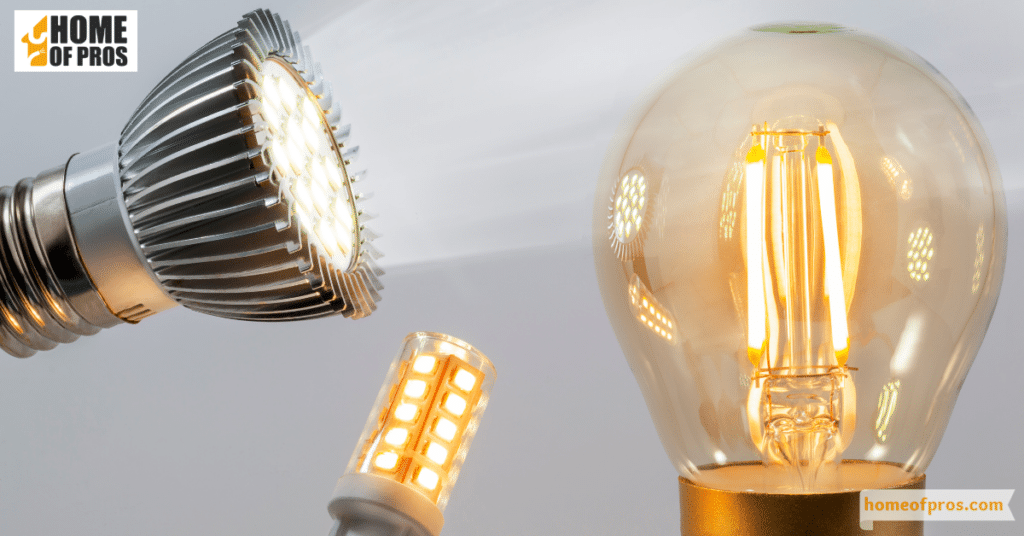
3. Smart Thermostats: Precision in Comfort
Smart thermostats are a prime example of how technology can be harnessed for environmental good. These devices learn your heating and cooling preferences, adjusting the temperature efficiently. They can be controlled remotely, allowing you to optimize energy usage even when you’re away from home.
4. Energy-Efficient Appliances: Modern Convenience, Reduced Consumption
Upgrading to energy-efficient appliances, such as ENERGY STAR-rated refrigerators, washing machines, and dishwashers, can significantly cut down your energy consumption. These appliances are designed to perform the same tasks with less electricity and water, making them environmentally friendly choices.

5. Proper Insulation: The Building Block of Efficiency
Don’t underestimate the importance of proper insulation in your home. It prevents heat from escaping during the winter and keeps your living spaces cooler in the summer. Well-insulated homes require less heating and cooling, saving both energy and money.
Incorporating these energy-efficient upgrades into your home is not just an investment in your comfort but also a contribution to a more sustainable future. By reducing your energy consumption, you’ll be helping to lower greenhouse gas emissions, combat climate change, and set an example for others to follow. Energy efficiency is a win-win scenario – good for your wallet and the environment.
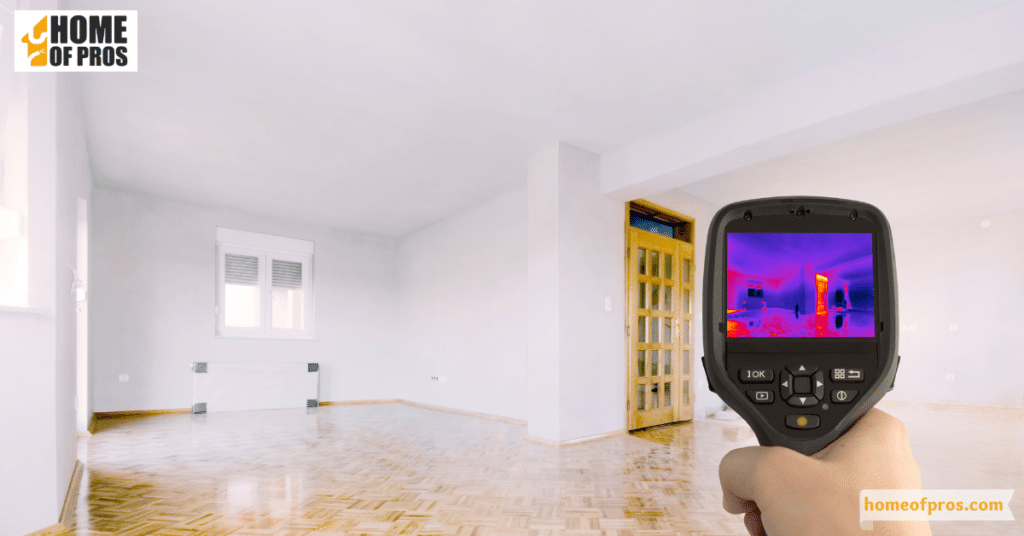
Sustainable Materials and Construction
Building or renovating a home is a significant endeavor, and it comes with choices that extend beyond aesthetics and functionality. In this segment, we’ll delve into the pivotal topic of sustainable materials and construction, shedding light on why it matters and how it can lead to eco-friendly living spaces.
Table: Examples of Sustainable Building Materials
| Material | Advantages | Considerations |
|---|---|---|
| Reclaimed Wood | – Reduces deforestation – Unique aesthetic appeal | – Sourcing may require effort |
| Bamboo Flooring | – Rapid growth – Durability | – Quality varies based on manufacturing |
| Low VOC Paints | – Reduced indoor air pollution – Wide color range | – May be more expensive than regular paint |
As you embark on your journey towards a more sustainable home, remember that the choices you make during construction or renovation can have a lasting impact on the environment. By opting for sustainable building materials and techniques, you’re not only contributing to the preservation of our planet but also creating a healthier and more eco-conscious living space for yourself and future generations.

Water Conservation in Your Home
Water, the source of life, is a precious resource that we often take for granted. In this segment, we’ll delve into the crucial topic of water conservation within your home, highlighting its significance and offering practical solutions to minimize wastage while promoting a more sustainable lifestyle.
- The Value of Water: Water is a finite resource, and conserving it is essential for the planet’s well-being and our own. We must recognize the importance of reducing water wastage in our daily lives.
- Eco-Friendly Plumbing Fixtures: Upgrading to water-saving fixtures, such as low-flow toilets, aerated faucets, and efficient showerheads, can dramatically reduce household water consumption without sacrificing comfort.
- Rainwater Harvesting Systems: Implementing a rainwater harvesting system allows you to collect and store rainwater for various uses, from irrigation to flushing toilets. It’s a sustainable way to reduce reliance on treated water.
- Xeriscaping for Water-Efficient Landscaping: Xeriscaping involves designing your landscape with drought-resistant plants, minimizing the need for irrigation. This not only conserves water but also adds beauty and character to your outdoor space.
Incorporating these water conservation practices into your daily life not only helps preserve one of our most vital resources but also lowers your water bills. By making eco-friendly choices in plumbing, harvesting rainwater, and embracing xeriscaping, you contribute to a more sustainable future and set an example for others to follow.
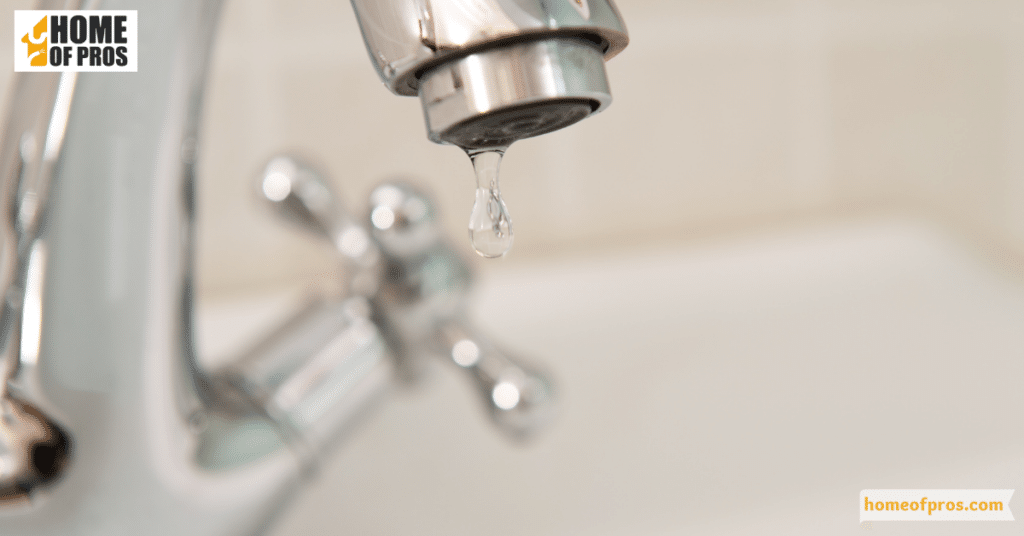
Benefits Beyond the Environment
Beyond their positive impact on the environment, green home improvements offer a range of additional benefits. Here, we uncover these hidden advantages, showing you how eco-conscious upgrades can enhance your life and property value.
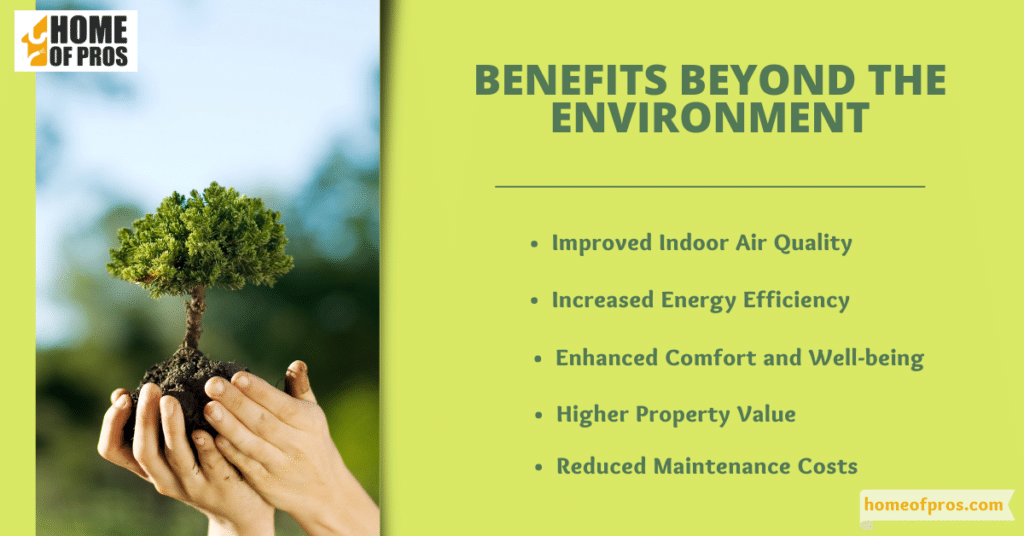
- Improved Indoor Air Quality: Green upgrades, like low-VOC paints and non-toxic materials, enhance indoor air quality, reducing allergens and promoting better respiratory health.
- Increased Energy Efficiency: Energy-efficient improvements lower utility bills, resulting in long-term savings and increased comfort.
- Enhanced Comfort and Well-being: Efficient insulation, HVAC systems, and sustainable materials make your home more comfortable, positively impacting your overall well-being.
- Higher Property Value: Investing in green features boosts your property’s market appeal, attracting eco-conscious buyers and increasing its value.
- Reduced Maintenance Costs: Green materials and technologies are durable, leading to reduced maintenance expenses and longer-lasting home components.
As you embark on your green home improvement journey, remember that these benefits extend far beyond the environment, making it a wise and rewarding investment for a better quality of life and a more valuable property.
Conclusion
In summary, green home improvements offer benefits that go well beyond environmental considerations. They enhance indoor air quality, boost energy efficiency, improve overall comfort, increase property value, and lower maintenance costs. These advantages make eco-conscious upgrades a practical and rewarding choice, not just for the planet but also for your quality of life.











